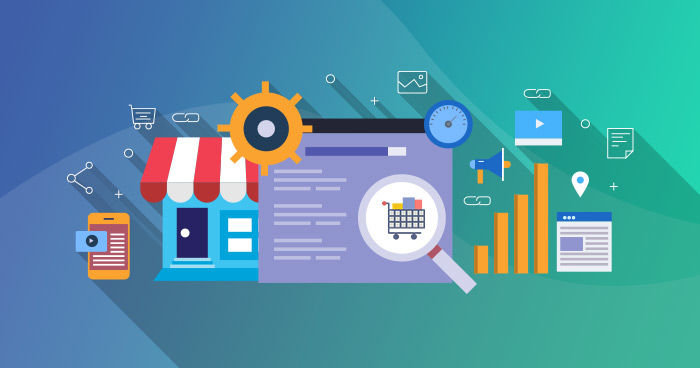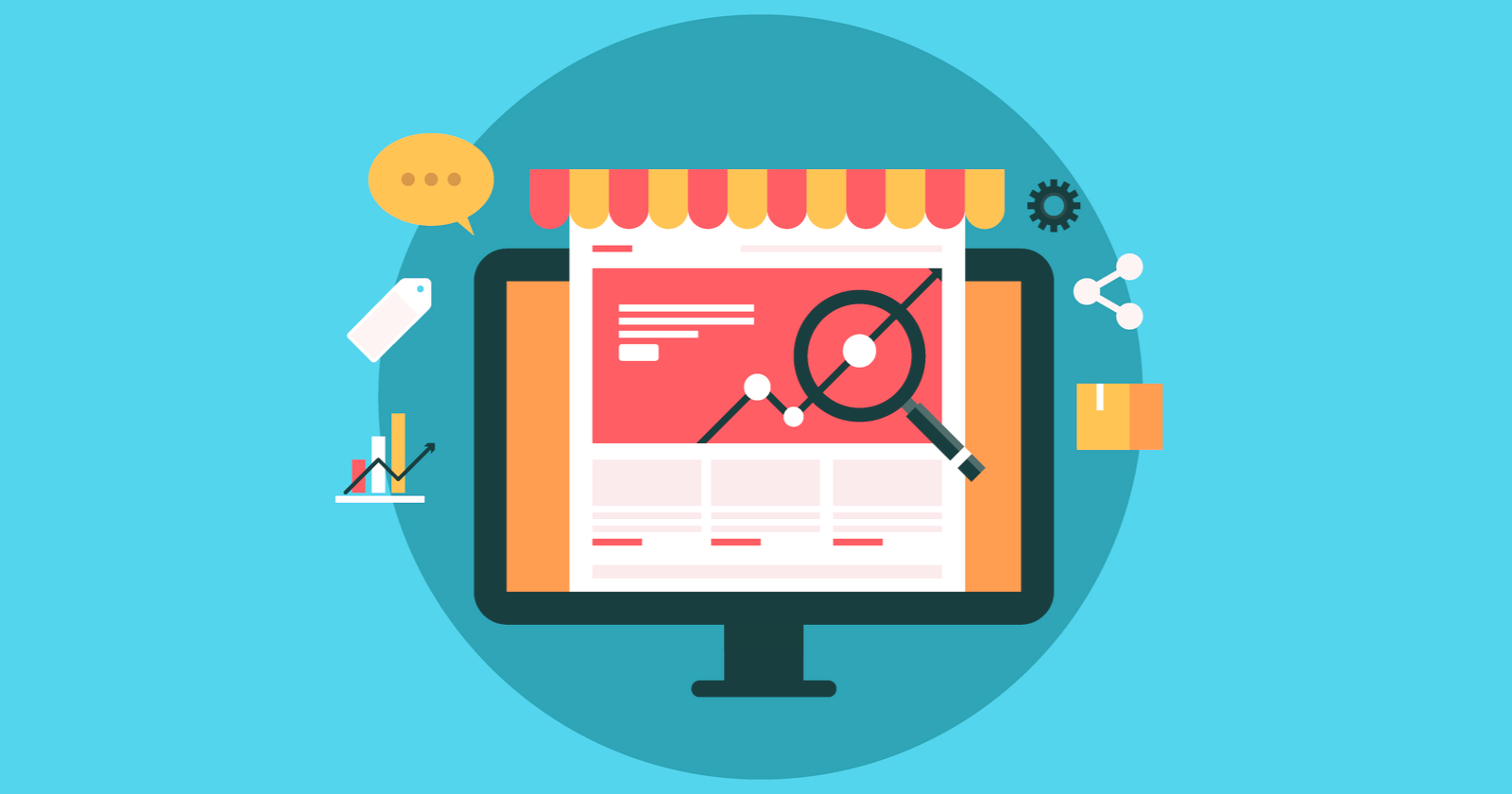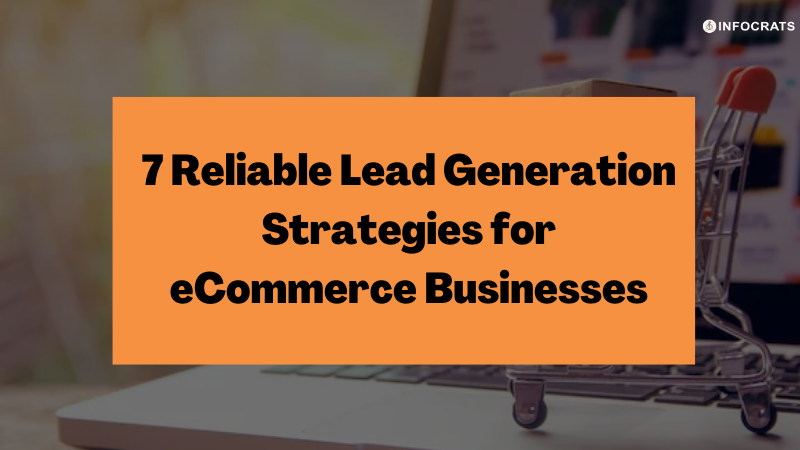SEO, or Search Engine Optimization, is the process of optimizing your e-commerce website to rank higher in search engine results pages (SERPs) and drive more organic traffic to your site. With the right SEO Strategies for E-commerce Websites in place, your e-commerce website can enjoy higher visibility, increased credibility, and ultimately, more sales.

Therefore, we have created and handpicked the best E-commerce SEO techniques you can use to boost your ecommerce website’s visibility and performance. Have a look:
1. Keyword research and optimization
This kind of research is the foundation of any SEO strategy. By identifying the keywords your target audience is searching for, you can optimize your website’s content and meta tags to rank higher in search results. To get started with SEO services in India, use keyword research tools like Google Keyword Planner, SEMrush, or Ahrefs to find relevant keywords and phrases. Once you have a list of keywords, make sure to use them in your website’s title tags, meta descriptions, header tags, and throughout your content.
2. On-page optimization
This process involves making changes to your website’s content as well as structure in order to improve its relevance and authority for specific keywords. Some key on-page optimization strategies for e-commerce websites include:
- Creating high-quality, keyword-rich product descriptions
- Optimizing product images with alt tags and captions
- Using header tags to organize your content
- Creating internal links between pages
- Making sure your website’s URL structure is clean and easy to understand
3. Content creation
Creating high-quality, relevant content is one of the most effective ways to attract and engage your target audience. By creating blog posts, guides, and other types of content that address your audience’s needs and interests, you can establish yourself as an authority in your niche and drive more organic traffic to your site. To maximize the impact of your content, make sure to optimize each piece with relevant keywords and share it on social media and other relevant platforms with the help of social media marketing company.
4. Link building
Link building is the process of acquiring links from other websites that point to your e-commerce website. These links help improve your website’s credibility and authority in the eyes of search engines, which can result in higher rankings and more organic traffic. To build links effectively, focus on creating high-quality, relevant content that other websites will want to link to. You can also reach out to other websites in your niche and ask for links, or participate in link exchanges or guest posting opportunities.
5. Mobile Optimization
With more and more users accessing the internet on their mobile devices, mobile optimization is becoming increasingly important for e-commerce websites. To ensure your website is mobile-friendly, make sure it is responsive and loads quickly on all devices. You should also consider creating a mobile app for your ecommerce store, which can provide a more seamless and user-friendly experience for your customers.
6. Local SEO
If your e-commerce website targets a specific geographic location, local SEO for E-commerce can help you rank higher in search results for that area. To improve your local SEO, make sure to include your business name, address, and phone number (NAP) on your website and in your meta tags. You should also create a Google My Business profile and list your business in other local directories, such as Yelp and Yellow Pages.
7. Analytics and tracking
Finally, it’s important to track and analyze your SEO performance to see what is working and what is not. By using tools like Google Analytics and Search Console, you can see which keywords are driving traffic to your site, how users are interacting with your content, and what kind of changes you need to make for improving your SEO’s performance. By understanding the insights and data generated from these tools, you can make informed decisions about your SEO strategy and adjust your tactics as needed to achieve the best possible results.
In addition to tracking your SEO performance, you should also regularly monitor your website’s technical health to ensure that it is functioning properly and is accessible to both users and search engines. This can involve checking for broken links, fixing crawl errors, and ensuring that your website is secure and encrypted with HTTPS.
Another important factor to consider is user experience (UX). A well-designed website with smooth and intuitive navigation can make all the difference in retaining visitors and converting them into customers. Make sure to keep your website’s layout simple and clean, and provide users with clear calls-to-action and easy access to your products and services.

Finally, don’t forget to stay up-to-date with the latest SEO Strategies for E-commerce Websites and best practices. Search engines are constantly evolving and updating their algorithms, so it’s important to adapt your SEO strategy accordingly to stay ahead of the curve. This may involve experimenting with new tactics or technologies, such as voice search optimization or artificial intelligence-driven optimization techniques.
In conclusion, SEO is a critical component of any successful e-commerce website. By implementing the strategies discussed above, you can improve your website’s visibility, credibility, and performance, and ultimately drive more organic traffic and sales. Remember to stay focused on your goals, monitor your progress, and continuously evaluate and adjust your tactics to achieve the best possible results. With a strong SEO for E-commerce in place, the sky’s the limit for your ecommerce website’s success.
One final tip to keep in mind is to be patient and persistent with your SEO efforts. SEO is not a one-time or short-term process. It takes time and effort to see results. It may also need to be continuously refined and adjusted as the strategy progresses. However, dedication can help you achieve long-term success and sustainable growth for your ecommerce website. Another important aspect of SEO is regularly monitoring your competition. See what they’re doing, the strategies they’re using, and the results they’re getting. You can then incorporate some of their winning strategies into your plan and make the necessary adjustments to stay ahead of the competition. This includes monitoring advances in technology and consumer behavior, and recognizing changes in search engine algorithms. Staying up to date and adapting to changes helps keep your SEO strategy effective and relevant.



